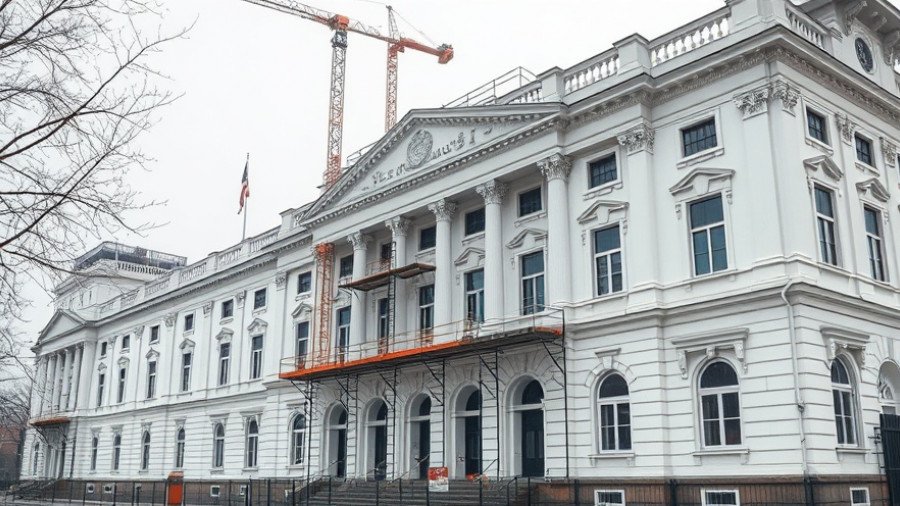
Innovative Startups Step into the Spotlight
The Construction Startup Competition 2025 has unveiled an exciting cohort of finalists, marking a pivotal moment in the construction technology landscape. Jointly organized by industry powerhouses like Cemex Ventures, Caterpillar, and Trimble, this year’s competition attracted 563 applications from over 54 countries. The seven winning startups represent a forward-thinking approach to tackling the industry’s most pressing issues across four pivotal areas: Green Construction, Enhanced Productivity, Construction Supply Chain, and the Future of Construction.
A Closer Look at the Winning Innovations
The winners of the competition are not just about recognition; they symbolize the future direction of the construction sector. Among the standout creations:
- Green Construction: Alithic (USA) and Kapture (Australia) lead innovations aimed at reducing the carbon footprint of new projects.
- Enhanced Productivity: Ailytics (Singapore) and IRIDESENSE (France) provide tools designed to streamline jobsite management and enhance efficiency.
- Future of Construction: Hyperion Robotics (Finland) and Gravis Robotics (Switzerland) are revolutionizing how projects are executed with their advanced construction methodologies.
These groundbreaking solutions will be showcased at the Pitch Day during the Trimble Dimensions User Conference, scheduled for November 12, 2025, in Las Vegas. This event offers startups a chance to present their innovations to a panel of industry experts and investors, with the potential for cash prizes and impactful partnerships.
The Importance of Supporting Disruptive Innovation
With the construction sector facing increasing pressure to adopt sustainable practices and improve operational efficiency, events like the Construction Startup Competition are crucial. They not only highlight disruptive technology but also encourage a collaborative environment where emerging ideas can thrive. Cemex Ventures and its partner organizations are paving the way for a new era of construction focused on sustainability and technology integration.
Community Impact and Long-term Sustainability
The embrace of Cleantech and Contech solutions within the startup competition underscores a significant shift toward sustainability in construction practices. By investing in technologies aimed at reducing carbon emissions, improving material logistics, and enhancing jobsite productivity, the industry can significantly diminish its environmental footprint.
The competition champions startups that prioritize sustainability. Potential winners show promise in creating solutions that can minimize waste and increase efficiency, ultimately leading to a healthier built environment. Such advancements can benefit not just construction firms but also property developers and facility managers who are increasingly prioritizing sustainability in their operations.
Your Role in the Construction Revolution
For business owners, property developers, and facility managers, understanding these innovations can provide a competitive edge. Engaging with these new technologies and methodologies offers opportunities to improve project delivery and reduce costs, which is of utmost importance in today’s economy.
By staying informed about these developments, stakeholders can ensure they invest wisely in future ventures, tapping into the burgeoning market that prioritizes technological advancement and sustainability in construction. To further explore how these innovations can affect your business practices, join the community at the upcoming Trimble Dimensions User Conference.
 Add Row
Add Row  Add
Add 




Write A Comment